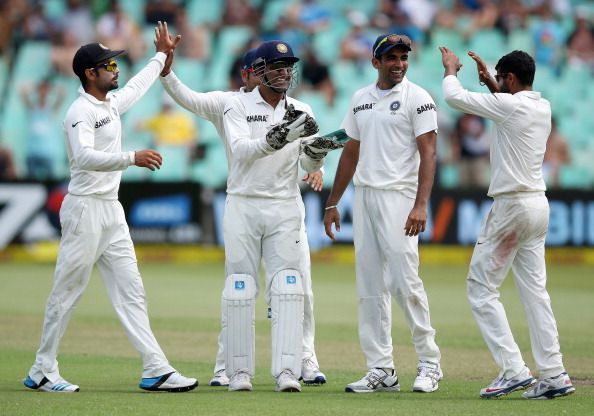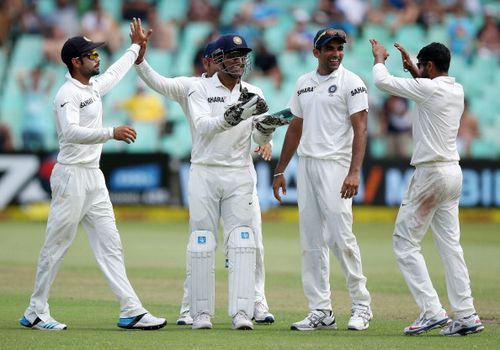
England vs India 2014: SWOT analysis of the Indian batting

When the last of the Fab Four of Indian cricket walked off into the sunset in November 2013, a rather wry thought crossed my mind: Will the media still use the phrase “much-vaunted” to describe this lineup? I have used the same phrase many times in my articles, but I’m curious to see if it still holds true for the current squad.
Losses in South Africa and New Zealand haven’t done justice to the incredible amount of talent the new-look Indian Test squad possesses. The question of whether it can hold up to the rigours of the longer format is however, yet to be answered. Sure, some of them are still finding their feet in the tough environs of the oldest form of the game, but for how long will this continue?
I don’t have to remind anyone of India’s previous visit to England in 2011. So many had broken down – most of them vital to the think-tank’s scheme of things. And this was despite the fact that they had reached the No. 1 ranking in Test cricket, won the just-concluded World Cup for the second time, and still had three of the Fab Four in their ranks. Too much cricket? Perhaps.
Three years on, another side, brimming with hope, is returning to the birthplace of cricket. The signs are good for the moment – England have just been thrashed by Sri Lanka at home, surrendered the Ashes earlier in the year, and are still coming out of the sordid Pietersen saga, the Trott conundrum and Graeme Swann’s retirement. But it is highly injudicious to underestimate opponents in any arena, and Mahendra Singh Dhoni will be well aware of that fact.
India’s batting, for long their strength, their succor and the key to their success, still has plenty of improvement areas. A SWOT (Strength-Weakness-Opportunity-Threat) analysis follows:
Strengths
On paper, the batting looks fairly solid. With three established openers in the squad, anyone would take a guess on Dhoni’s preference. Shikhar Dhawan, though not in the best of form at the moment, can play an attacking innings at the top of the order if he hangs around long enough. He may not be as susceptible to the short ball as some of the others, but he needs to utilize his aggressive instincts carefully. Stroke-making on English pitches isn’t easy, and he will do well to remember that.
That is where a calmer, wiser head is required – someone who can shepherd the impetuous Delhi lad, hold up one end while keeping the scorecard ticking, and guide him through the innings. In such a case, I would bring in Gautam Gambhir as Dhawan’s partner. He has had a couple of stints in county cricket of late, and is raring to go. Adept against both spin and pace, the KKR skipper is the kind of player you need to play a big innings. The wisdom of having a left-left opening combination has been questioned before, but I’d prefer that as a welcome change. Bowlers would still struggle with their lines because both Dhawan and Gambhir have contrasting batting styles. The only thing they need is patience.
Cheteshwar Pujara, Saurashtra’s run-making machine, is an essential requirement in the lineup. He has excelled in this format, and can carry the mantle of the unflappable Rahul Dravid as well as VVS Laxman. Following him would be Indian cricket’s sensation Virat Kohli, who has learned to play with controlled aggression. The Mumbai duo of Rohit Sharma and Ajinkya Rahane have also blossomed of late, with the latter scoring his maiden Test century against New Zealand earlier this year. With a copybook technique and the famed ability to grind it out in tough conditions, both Rohit and Ajinkya can lend some solidity and flair to the middle order. I’d pick Rahane though.
All eyes would also be on the Indian captain, who has the not-so-envious task of shepherding the lower order, but also plot strategies to ensure England’s downfall. Graying around the edges, Dhoni will look to play his natural game – which he should, in any case – if India are to achieve substantial scores. Down the order, Stuart Binny could be more than a handful as he gives the option of an extra seamer. Ravindra Jadeja has also done well with the bat at times, so he and Ravichandran Ashwin can round up the lower order before the tail comes in.